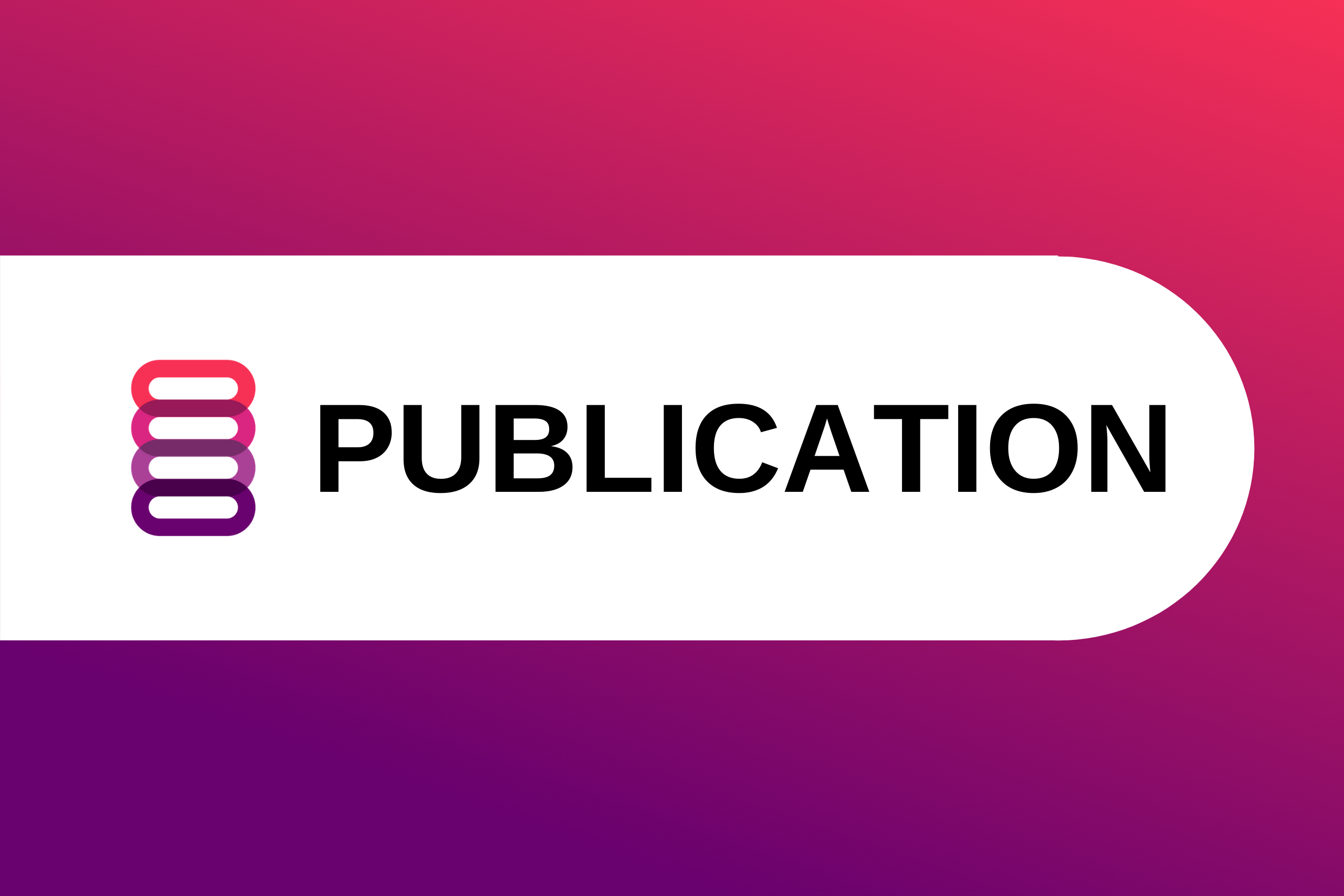From the outset, IWPR has highlighted the wage gap as a key indicator of women’s economic security and gender (in)equality in the workplace. Fact sheets on the overall gender wage gap were published in IWPR’s first years and document how much the earnings ratio between men and women changed over time, as well as how earnings for different groups of women varied over this period of time. From 1996 onwards, the Institute’s research program on the Status of Women in the States has made these data available on a state-by-state basis, including in the report Women’s Economic Status in the States: Wide Disparities by Race, Ethnicity, and Region (published in 2004). IWPR also provides state-by-state wage data in Femstats, a section of its website, in spreadsheet form.
IWPR’s research has also linked trends in the wage gap to policy developments, changes in the economy, and ongoing changes in women’s lives. Such trends as later marriage, reduced fertility, gains in education, the growth of low-wage jobs and contingent work in the U.S. economy, and changes in the minimum wage, equal employment opportunity enforcement, and collective bargaining all affect women’s opportunities in the labor market, including their labor force participation and the amount of sex segregation they face in employment. IWPR’s studies have ranged from detailed examinations of specific industries to analyses of trends affecting the entire economy.




